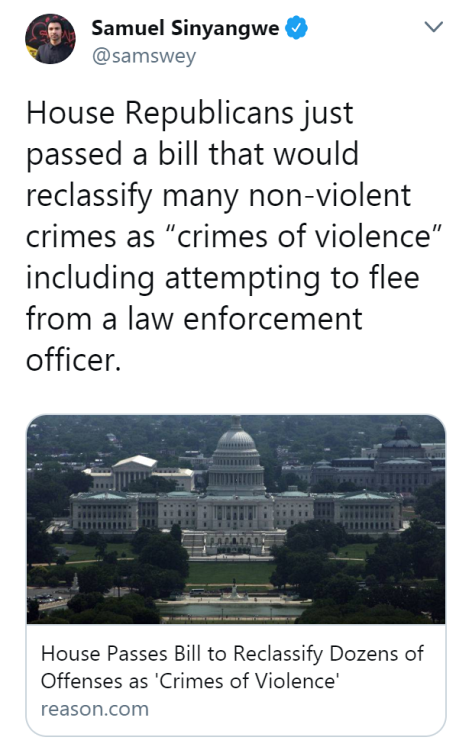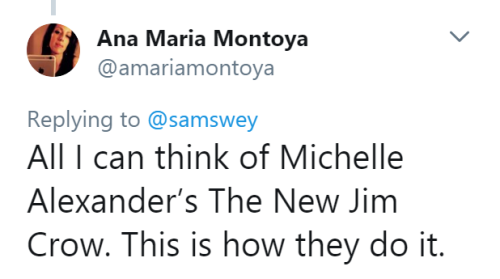Crafted for the Struggle
Monday, July 29, 2019
Tuesday, July 23, 2019
Thursday, July 18, 2019
America’s Indefensible Defense Budget
A parable, to begin: in 2016, the 136 military bands maintained by the Department of Defense, employing more than 6,500 full-time professional musicians at an annual cost of about $500 million, caught the attention of budget-cutters worried about surging federal deficits. Immediately memos flew and lobbyists descended. The Government Accountability Office, laying the groundwork for another study or three, opined, “The military services have not developed objectives and measures to assess how their bands are addressing the bands’ missions, such as inspiring patriotism.” Supporters of the 369th Infantry Regiment band noted that it had introduced jazz to Europe during World War I. How could such a history be left behind? A blues band connected effectively with Russian soldiers in Bosnia in 1996, another proponent argued, proving that bands are, “if anything, an incredibly cost-effective supplement” to the Pentagon’s then $4.5 billion public affairs budget.
When the dust cleared, funding for the bands was not cut, because the political cost entailed in reducing the number of them by, say, half would have been enormous. The resulting $250 million in annual savings, on the other hand, while a significant sum for most government agencies, would have produced the almost unnoticeable difference of three one-hundredths of one percent in the Pentagon budget.
The sheer size of the military establishment and the habit of equating spending on it with patriotism make both sound management and serious oversight of defense expenditures rare. As a democracy, we are on an unusual and risky path. For several decades, we have maintained an extraordinarily high level of defense spending with the support of both political parties and virtually all of the public. The annual debate about the next year’s military spending, underway now on Capitol Hill, no longer probes where real cuts might be made (as opposed to cuts in previously planned growth) but only asks how big the increase should be. […]
from Tumblr https://ift.tt/32Axdre
via IFTTT
Thursday, June 13, 2019
anarcho-greves: apersnicketylemon: “Capitalism made your-” No. LABOUR made it. LABOUR made my...
“Capitalism made your-”
No. LABOUR made it. LABOUR made my phone, my laptop, the internet, this website, my clothing, my house, all social media, and everything else. LABOUR makes things, Capitalism doesn’t because economic systems don’t ‘make’ anything, they just determine who gets paid for making things.
Fuck it, making a full 3 in a row reblog.
from Tumblr http://bit.ly/2WECDxk
via IFTTT
Monday, June 10, 2019
Trump’s Ireland Golf Course Visit Cost Taxpayers $3.6 Million
The president is rarely in a building, save for the White House, that doesn’t have his name on it. And that is costing the American taxpayer more than $100 million, according to HuffPost. Trump’s recent visit to his golf course in Doonbeg, Ireland, contributed $3.6 million to that total.
The expenses for Trump’s trip included $1,023,940 for car and limo rentals, $10,866 to install temporary phone lines and an astounding $16,325 for the Secret Service to rent golf carts to follow the president while he played the links. And according to HuffPost, the jaunt to Ireland cost the State Department $1.5 million in contracts for the trip.
And the resort tried to cash in even more on its presidential owner by posting videos on Facebook of him golfing there and of his helicopter arrival. But, HuffPost says, the videos were taken down after they made inquiries. As were two tweets promoting the president’s visit. The posts were a violation of the pledge the Trump Organization made at the beginning of his term, promising that “no communications of the Organization, including social media accounts, will reference or otherwise be tied to President-Elect Trump’s role as President of the United States or the Office of the Presidency.”
from Tumblr http://bit.ly/2MDvIF0
via IFTTT
Trump takes credit for Puerto Rico emergency aid he fought for weeks
President Donald Trump falsely claimed credit for rescuing Puerto Rico on Thursday, after signing a bipartisan disaster relief bill passed by Congress earlier in the week, a version of which he tried to reject previously.
After weeks of working to stop aid to the U.S. territory, which was devastated by multiple hurricanes two years ago, Trump finally agreed to sign the deal after bipartisan congressional leaders reached an agreement to move the legislation with or without his support.
“Just signed Disaster Aid Bill to help Americans who have been hit by recent catastrophic storms,” he tweeted. “So important for our GREAT American farmers and ranchers. Help for GA, FL, IA, NE, NC, and CA. Puerto Rico should love President Trump. Without me, they would have been shut out!”
Trump has attempted to credit himself for singlehandedly saving Puerto Rico in the past, even tweeting in April that he was “the best thing that ever happened” to the island. However, the Trump administration faced heavy criticism for its botched emergency response efforts after a series of storms ravaged Puerto Rico in 2017, leaving thousands dead and many more without water and electricity for months.
After the mayor of San Juan called his visit insulting — the president was infamously caught on camera tossing rolls of paper towels to survivors as if he was shooting a basketball into a hoop — Trump declared war.
Since then, the president has repeatedly attacked Puerto Rico for having had pre-existing debt and infrastructure problems, accused the mayor of incompetence, announced that emergency crews could “not stay in Puerto Rico forever” to help it rebuild, falsely claimed that the territory had received $91 billion in aid, and repeatedlytried to cut the flow of relief funds to the still-struggling population. At one point, the president reportedly considered re-purposing existing Puerto Rican aid dollars to pay for his massive southern border wall.
More recently, Trump attempted to stall the disaster relief bill because it did not contain funding for his border wall, and because Democrats had sought to include more aid for Puerto Rico. And late last month, he said would not do anything to improve the nation’s infrastructure unless the Democratic majority in the House of Representatives halted its oversight responsibilities, saying Congress could not go down more than “one track at a time.”
Hours after that carefully scripted “tantrum,” as House Speaker Nancy Pelosi called it, congressional leaders of both parties agreed on a disaster relief bill that included Puerto Rico funds but no border money, and Republican leaders informed the president that they planned to move on it, whether he liked it or not. Trump grudgingly agreed to support the compromise.
from Tumblr http://bit.ly/2Wy3PCT
via IFTTT
Sunday, May 26, 2019
What We Learned Investigating a Network of Islamophobic Facebook Pages
A Snopes investigation on 15 May 2019 looked deeply into a small group of radical evangelical Christians that re-purposed Facebook pages and PACs to build a coordinated, pro-Trump network that spreads hate and conspiracy theories — below is a re-cap of key points. The content includes the assertion that the survivors of the Parkland school massacre are on a “leftist-Islamic payroll” and that Islamic refugee resettlement is “cultural destruction and subjugation.”
The names of these Facebook pages imply diverse support from Americans, with titles like “Blacks for Trump” and “Jews and Christians for America.” But Snopes.com found that each of these pages can be tied to a radical evangelical activist named Kelly Monroe Kullberg, who is neither black nor Jewish. We found at least 24 pages in the Kullberg network, which could be in violation of Facebook’s ban on “coordinated inauthentic behavior.”
from Tumblr http://bit.ly/2JFFIen
via IFTTT



